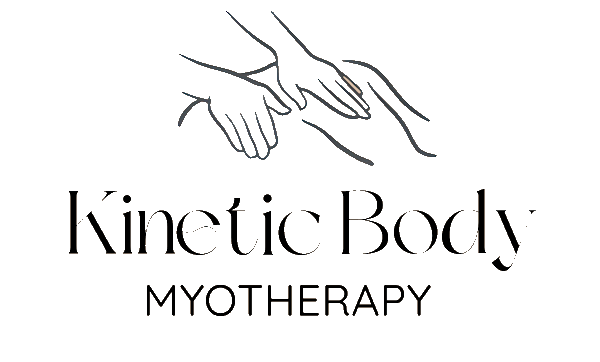Desk-Related Pain Got You Down?
Myotherapy Could Be the Key to Relief
For many desk workers, the comfort of a cozy office chair can quickly turn into hours of aching necks, stiff backs, and sore wrists.
Long hours spent sitting at a desk, staring at a screen, and typing away on a keyboard can lead to significant physical discomfort.
If this sounds familiar, you’re not alone. Office-related pain is an all-too-common complaint, but the good news is that myotherapy can provide effective relief.
The Strain of Sitting All Day
Office workers are often tied to their desks for 8 or more hours a day. Prolonged sitting can contribute to a range of musculoskeletal issues, including:
- Neck and Shoulder Pain: Poor posture and the repetitive motions of typing or looking at a screen can cause tension in the muscles around your neck and shoulders.
- Lower Back Pain: Sitting for extended periods without proper lumbar support can lead to stiffness and strain in the lower back, contributing to discomfort.
- Wrist Pain: Repetitive motion from typing or using a mouse can cause strain in the wrists, leading to conditions like carpal tunnel syndrome.
These issues, if left unaddressed, can affect your productivity, quality of life, and overall well-being. Thankfully, myotherapy offers targeted treatments to relieve these common office-related ailments.
How can Myotherapy help desk workers?
- Neck and Shoulder Relief
Desk workers often suffer from neck and shoulder tension due to poor posture (like slouching or leaning forward). Myotherapy targets the muscles in the upper back, neck, and shoulders to release tightness and improve circulation. Techniques like deep tissue massage and trigger point therapy focus on the specific muscle knots that contribute to discomfort, providing lasting relief and improving your posture.
- Back Pain Prevention and Treatment
A major concern for many office workers is lower back pain, which can result from prolonged sitting. Myotherapists use a combination of soft tissue techniques and postural correction strategies to alleviate pressure on the spine and strengthen the muscles that support the lower back. Regular myotherapy sessions can reduce muscle stiffness, relieve pain, and prevent future issues by helping you maintain proper posture throughout the day.
- Wrist and Hand Pain Relief
Repetitive movements like typing or using a mouse for hours at a time can strain the muscles in the wrists and forearms. Myotherapy targets these areas with techniques designed to release tension and improve flexibility. By addressing the muscles and connective tissue in the hands, wrists, and forearms, myotherapy can reduce the risk of developing conditions like carpal tunnel syndrome, while also alleviating pain and discomfort.
- Improved Posture
Myotherapy helps to address postural imbalances caused by sitting for extended periods. By releasing tight muscles and improving flexibility in the chest, back, and shoulders, myotherapy helps to promote proper posture. Over time, this can lead to reduced muscle strain and less pain, helping you feel more comfortable throughout your workday.
- Stress Reduction
Many office workers experience mental stress, which can manifest physically as muscle tension. Myotherapy not only treats the physical symptoms but also helps reduce stress by promoting relaxation. Techniques like myofascial release and deep tissue massage can activate the parasympathetic nervous system, helping you feel more relaxed and balanced, both mentally and physically.
Habits to contribute into your daily routine to help manage desk related pain
While myotherapy is a powerful treatment option, combining it with other habits can further reduce office-related pain. Here are a few tips to support your treatment:
- Take Regular Breaks: Stand up, stretch, or take short walks every 30–60 minutes. This helps keep your muscles active and prevents stiffness.
- Adjust Your Workspace: Make sure your desk, chair, and computer monitor are ergonomically set up to support good posture.
- Stretch and Strengthen: In addition to myotherapy, engage in regular stretching and strengthening exercises to maintain flexibility and prevent muscle imbalances.
- Mind Your Posture: Pay attention to your posture throughout the day. Sit back in your chair with your feet flat on the floor, your back supported, and your monitor at eye level.
Sitting at a desk all day doesn’t have to lead to pain and discomfort!
With regular treatments and healthy work habits, you can enjoy relief from the physical strain of desk work and feel more energised and productive throughout your day.
If you’re experiencing pain or discomfort from sitting at a desk, it’s time to give myotherapy a try.
Book an appointment today and start feeling the benefits of a pain-free workday!

